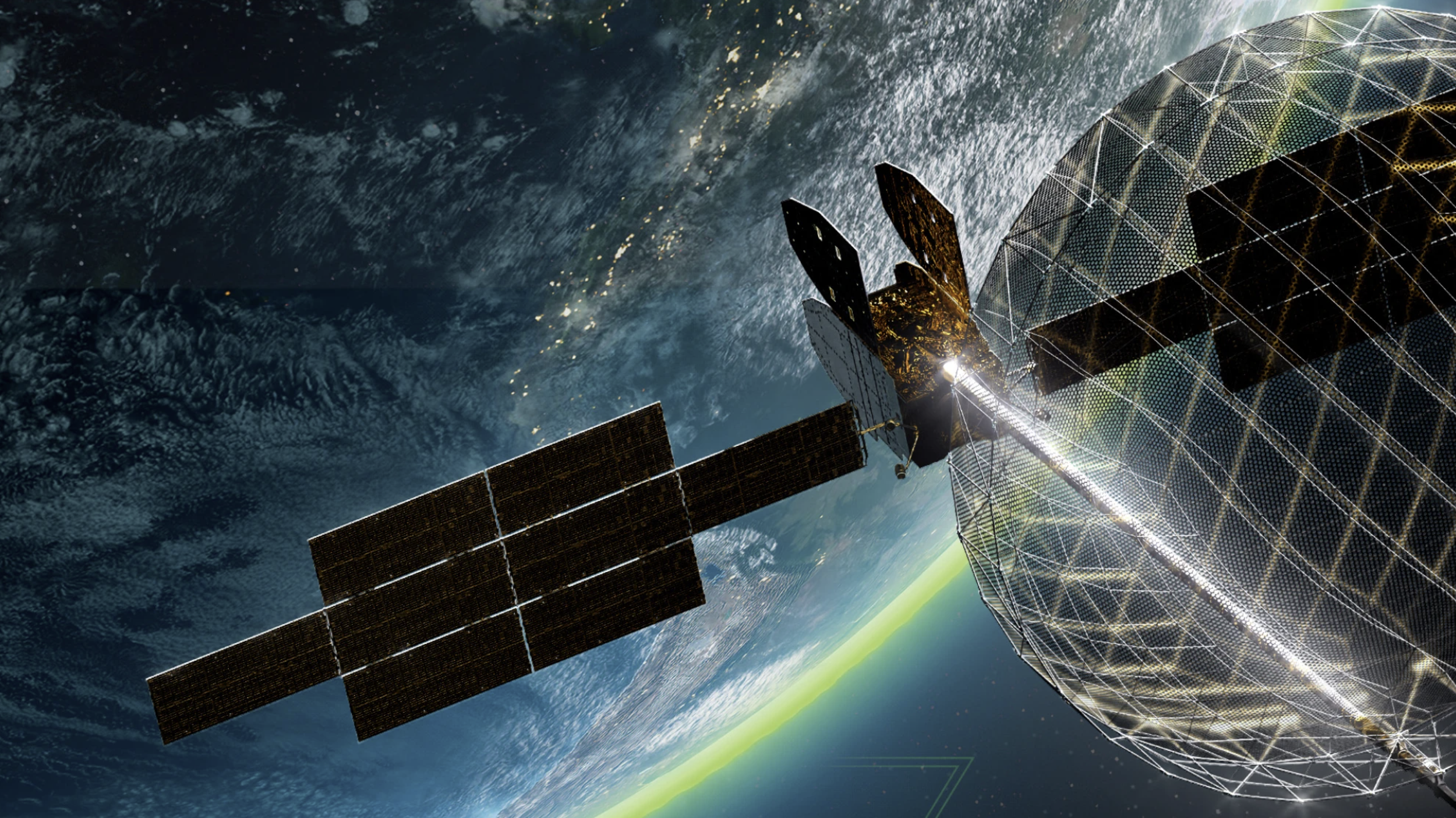ViaSat-3 F1 Begins Delivering Service for Government Customers
Viasat, Inc. (NASDAQ: VSAT), a global leader in satellite communications, today announced that it is now delivering ViaSat-3 F1 (VS3 F1) service to the U.S. Marine Corps, marking the first use of the ViaSat-3 network by a government customer. This follows the VS3 F1 satellite recently beginning to deliver services for commercial airline customers operating over North America.
The Marine Wing Communications Squadron 38 (MWCS-38) and the 3rd Marine Littoral Regiment are the first military operational units to leverage service from the ViaSat-3 F1 satellite. The MWCS-38, which provides expeditionary communications support to the Aviation Combat Element (ACE) inside the Marine Air Ground Task Force (MAGTF), is using existing Multi-Mission Terminals (MMT) to access VS3 F1 service. The 3rd Marine Littoral Regiment, based out of the Marine Corps Base Kaneohe Bay, Hawaii, is also using VS3 F1 services to support mission and reconnaissance operation communications.
The ViaSat-3 constellation, which will include two additional satellites, is designed to deliver high-throughput, flexible broadband connectivity that can meet (or exceed) performance, security and resilience requirements for U.S. and global coalition mission operations.
“This is an important milestone for our government services and solutions team and U.S. Department of Defense and global government customers,” said Susan Miller, President of Viasat Government. “The ViaSat-3 satellite network was designed with government missions in mind, offering greater capacity and the flexibility to dynamically shift bandwidth where it’s needed most. The use of small beams, beam shaping, encryption and ViaSat-3’s unique anti-jam capabilities are designed to provide secure and reliable connectivity to support the most critical government missions.”
“It’s exciting to see both government and commercial customers beginning to leverage this next-generation network. The two additional ViaSat-3 satellites are currently in the late stages of production and testing, including the successful completion of thermal vacuum testing on ViaSat-3 F3 recently and the successful completion of mechanical environmental testing on ViaSat-3 F2,” said Craig Miller, President of Global Space Networks, Viasat.
ViaSat-3 F1 experienced an antenna deployment anomaly following its launch in April 2023. However, extensive in-orbit testing demonstrated that all other systems on the satellite were operating at or beyond expectations. This deployment anomaly resulted in a significant reduction in overall capacity, but the resiliency and high-performance specifications of the satellite still allow it to support high-speed broadband services for government and commercial customers over North America, where the satellite is currently deployed.
